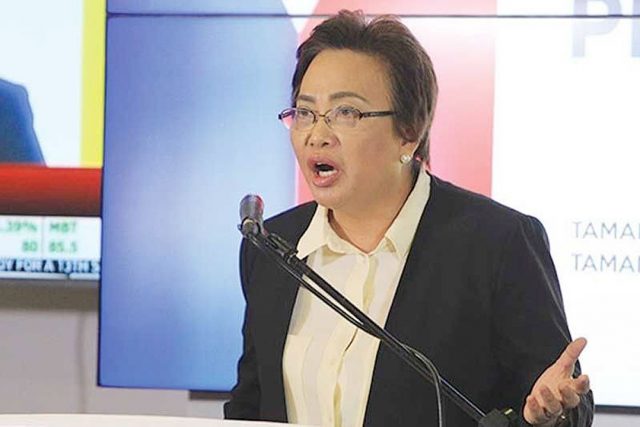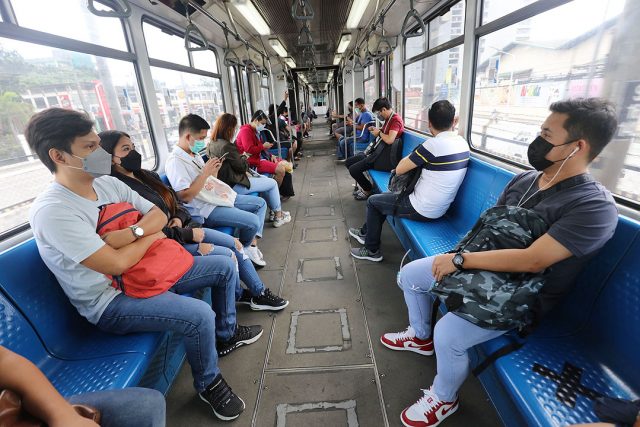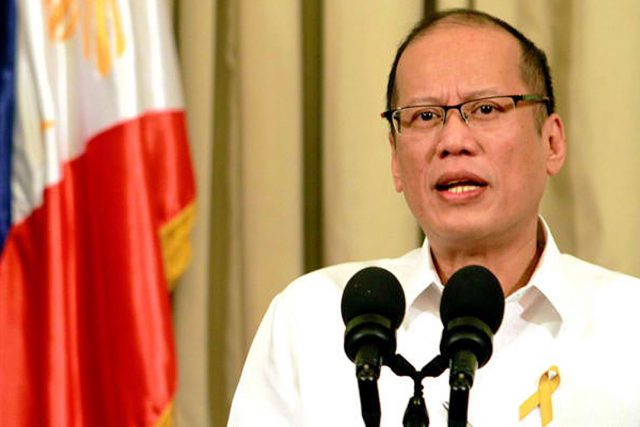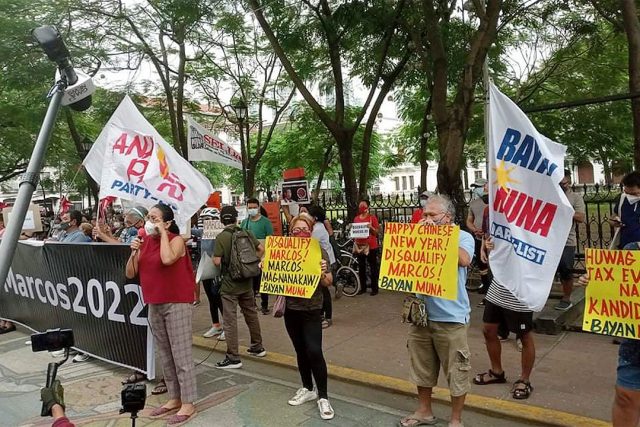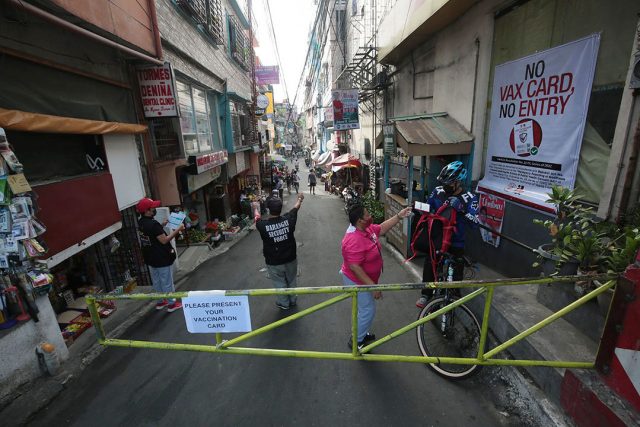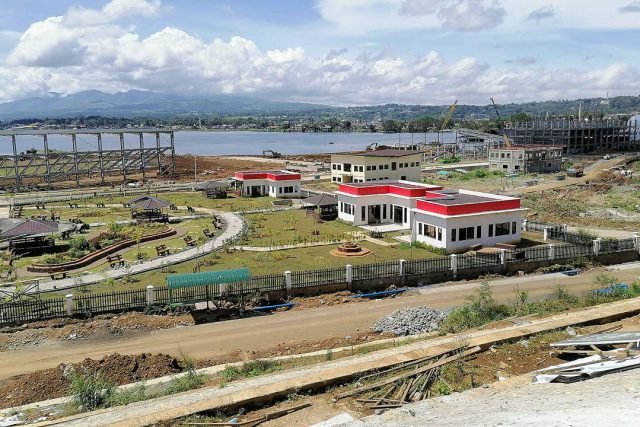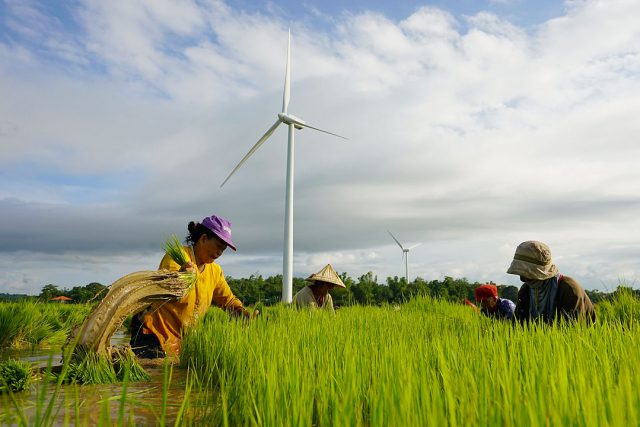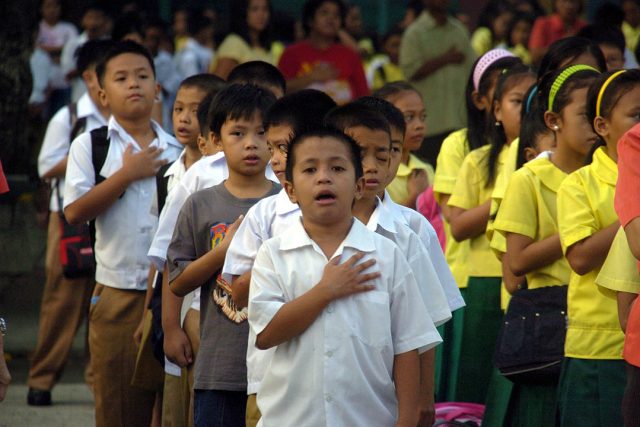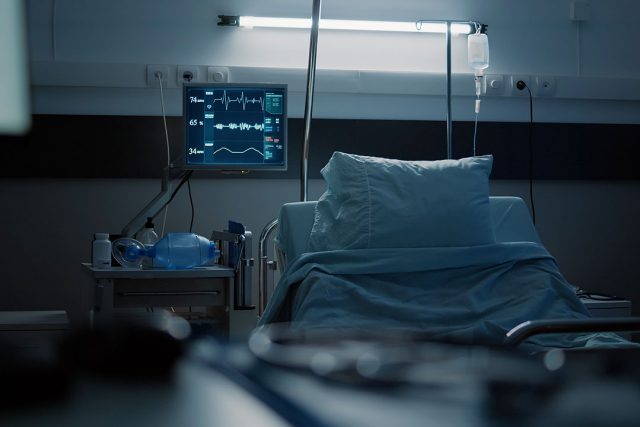Body handling Marcos case left with one member
AN ELECTION commissioner who alleged interference in the disqualification case against the son and namesake of the late dictator Ferdinand E. Marcos on Tuesday said her vote and that of another member of the First Division probably won’t be counted if the decision comes out after Feb. 3.
Marlon S. Casquejo is moving to the Second Division of the Commission on Elections (Comelec) on Feb. 3, Commissioner Maria Rowena V. Guanzon, who is retiring on Feb. 3, told a forum hosted by the Foreign Correspondents Association of the Philippines (FOCAP).
“I think they suspect that Commissioner Casquejo is also for disqualification,” she said. “So, it’s not just my vote that’s being defeated by a junior member,” she added, referring to Commissioner Aimee P. Ferolino, who was assigned to write the decision and whom she had accused of delaying the case.
Ms. Ferolino has rejected the allegation, citing case load for the delay.
Comelec has six members and one chairman. Its two divisions have three members each. Decisions issued by the two divisions are eventually appealed to the seven-member en banc.
Ms. Guanzon, the presiding commissioner of the First Division, on Monday released her separate opinion in which she voted to disqualify Ferdinand “Bongbong” R. Marcos, Jr. from this year’s presidential election after he was convicted for tax evasion in the 1990s. The First Division was supposed to rule on the case on Jan. 17, she said.
She said she released her opinion before the main ruling was issued for public interest.
Also retiring on Feb. 3 are Comelec Chairman Sheriff M. Abas and Commissioner Antonio T. Kho, Jr. This means the agency will be left with only four commissioners.
Commissioner Soccoro B. Inting will become the acting chairperson until President Rodrigo R. Duterte appoints the replacements. Ms. Inting is a member of the Second Division, which on Jan. 17 favored Mr. Marcos in a similar lawsuit seeking to bar his presidential run.
The case is on appeal before the Comelec en banc.
Ms. Guanzon, an appointee of the late President Benigno S.C. Aquino III — Mr. Duterte’s predecessor — has alleged that a senator from Davao whom she has not named was trying to meddle in the Marcos disqualification cases. The other six commissioners are Duterte appointees.
Ms. Guanzon noted that when a presiding commissioner retires, a division ruling is rewritten to accommodate the signature of the incoming presiding officer.
“She disrespected two senior commissioners,” Ms. Guanzon told reporters, referring to Ms. Ferolino. “How can she do that on her own? She must have a powerful person backing her.”
She also said she had named the senator in question to Senate President Vicente C. Sotto III, adding that she would name him in case the chamber starts an investigation.
In her opinion, Ms. Guanzon said the facts surrounding Mr. Marcos’s tax evasion “are markedly telling of the character or nature of the acts or omissions committed by the respondent.”
She added that by failing to submit his annual income tax returns for four straight occasions, the former senator showed a deliberate intent to violate the law.
Mr. Marcos did not submit certified receipts that showed he had paid for the tax deficiencies as ordered the Court of Appeals (CA), the commissioner said, citing the preliminary conference on Jan. 7.
Political analysts have said Comelec should investigate allegations of interference at the agency to keep its independence and avoid public distrust.
The integrity of the presidential elections this year are at stake, said Maria Ela L. Atienza, a political science professor from the University of the Philippines. — John Victor D. Ordoñez

